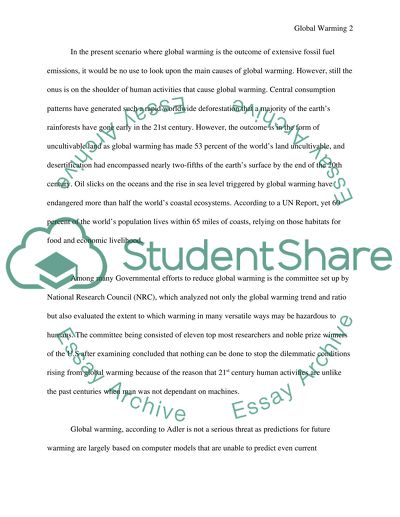Cite this document
(“National Science Foundation and global warming Essay”, n.d.)
National Science Foundation and global warming Essay. Retrieved from https://studentshare.org/miscellaneous/1516284-national-science-foundation-and-global-warming
National Science Foundation and global warming Essay. Retrieved from https://studentshare.org/miscellaneous/1516284-national-science-foundation-and-global-warming
(National Science Foundation and Global Warming Essay)
National Science Foundation and Global Warming Essay. https://studentshare.org/miscellaneous/1516284-national-science-foundation-and-global-warming.
National Science Foundation and Global Warming Essay. https://studentshare.org/miscellaneous/1516284-national-science-foundation-and-global-warming.
“National Science Foundation and Global Warming Essay”, n.d. https://studentshare.org/miscellaneous/1516284-national-science-foundation-and-global-warming.


